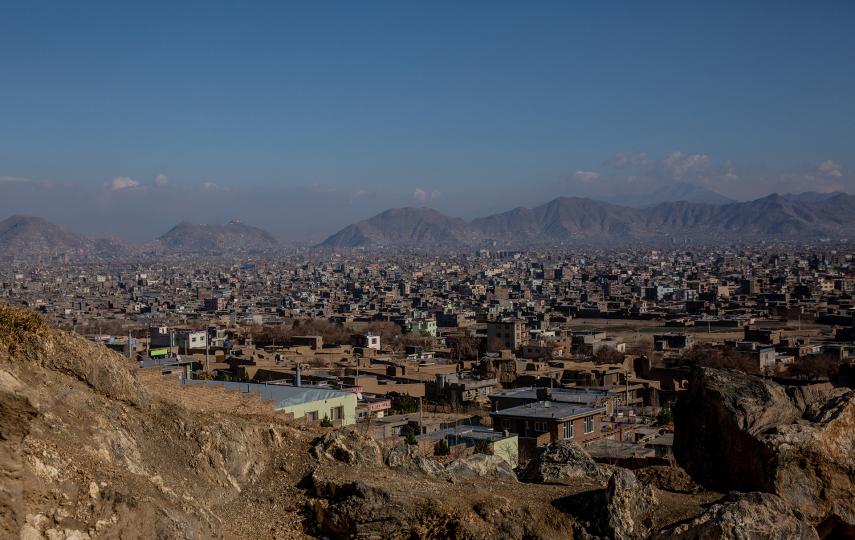SIALKOT
While several nations of the world clash on the green fields of Japan and South Korea for supremacy in soccer, the small dusty Pakistani border city of Sialkot, famous for manufacturing footballs, is getting quietly prepared for a more deadly confrontation if war breaks out between arch-rivals India and Pakistan.
The two countries have had three wars since 1947 after gaining independence from Britain. Their present hostilities and presence of hundreds of thousands of troops ready for battle have once again raised the spectre of war though the international community is working hard to avert it.
Sialkot, about 200 km southeast of the Pakistani capital, Islamabad, has been one of the worst hit towns during the last two wars between the countries in 1965 and 1971. "Its business as usual here so far," a Sialkot resident told IRIN. "But we are worried about the war," he added.
The city, meeting about 65 percent of the world's total demand for quality leather footballs, lies just a few kilometres away from the border, where opposing troops regularly exchange gun and artillery fire.
"We can be under direct artillery fire, like in the past," the resident Najib said, as fire engines and ambulances rushed by past ringing sirens on a main road in the centre of the city.
A mock civil defence drill was conducted in the border town on Wednesday as similar exercises were carried out in the other main cities of Pakistan's populous Punjab province, which shares hundreds of kilometres of border with India.
Following the air raid sirens, the exercises began with mock explosions depicting bomb blasts causing fires and injuries as well as disruption of electricity and gas services. Civil defence volunteers flanked road stopping or diverting regular traffic and allowing emergency vehicles to pass through.
Close to the city centre in Sialkot, employees at a soccerball factory volunteered to donate blood. "Due to the current tension we are seeking blood donations," Muhammad Ayub, a government doctor, told IRIN in a football hand-stitching unit. He said the exercise was being carried out without much publicity so as not to create panic.
Already a government-owned hospital in the city was receiving up to 15 injured people a day from the on-going exchange of artillery and gun fire between Indian and Pakistani troops at the border. "We just want to be prepared," he added.
Scores of people have been killed and hundreds wounded on both sides by shrapnel and bullets over the past few weeks as tension between India and Pakistan has risen to an all-time high. Both nations have been urged by the United Nations and other world powers to exercise restraint.
Outside the city, closer to the frontline, scores of villages have turned into ghost towns as residents have fled the shelling. There was no official estimate of how many villagers living close to the conflict have evacuated, though social workers say their number is several thousand.
The situation is the same on the Indian side of the border. International media has reported that at least 40,000 people living on the Indian-controlled side of the the Line of Control, which divides the Himalayan territory of Kashmir, have fled due to constant artillery fire from Pakistani forces.
"We have all left," Allah Rakha told IRIN in Gondal village at a makeshift relief camp for people displaced from the frontlines. "There was a lot of firing and we all decided to leave when some bombs fell on our homes," he added.
The exploding ordnance have burnt the wheat crops, which was about to be harvested, making their already frugal lives even more difficult.
"We have run many times before from the village," he lamented recalling it was the third time in the last six months that they evacuated from their homes after the firing became intense. The relief camp run by local charities in a government school building has close to 1,000 people, mostly women and children.
This article was produced by IRIN News while it was part of the United Nations Office for the Coordination of Humanitarian Affairs. Please send queries on copyright or liability to the UN. For more information: https://shop.un.org/rights-permissions
![Food being served to villagers who fled from the border [Pakistan] Vulnerable cities prepare for conflict. Food being served to villagers who fled from the border](https://assets.thenewhumanitarian.org/s3fs-public/images/206065.jpg)




